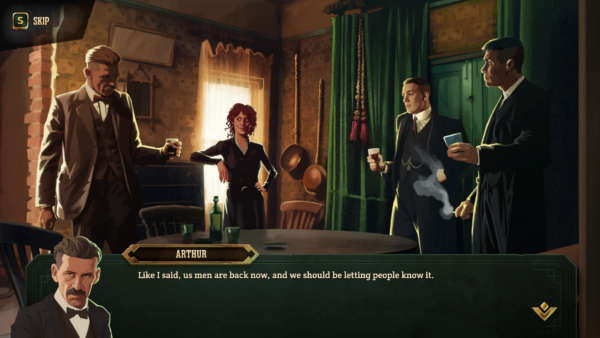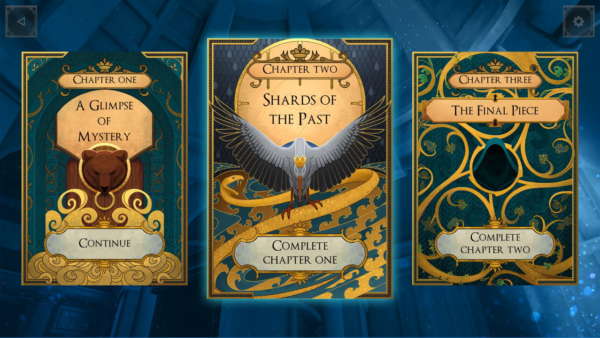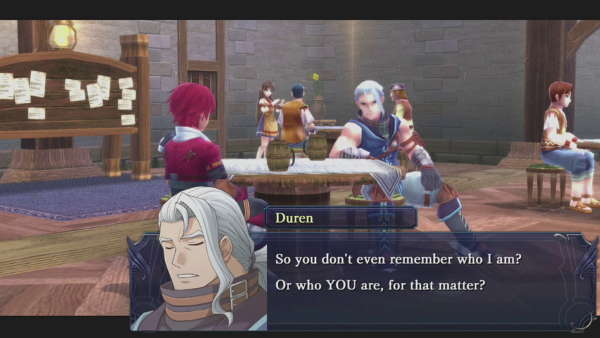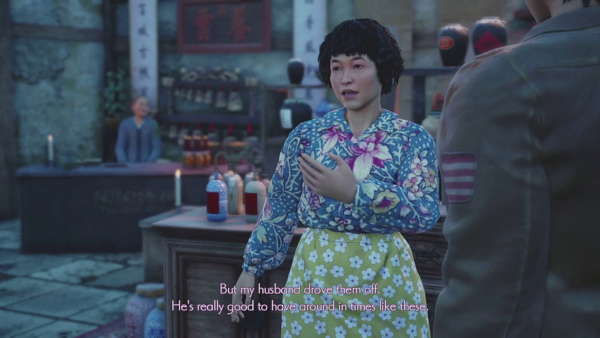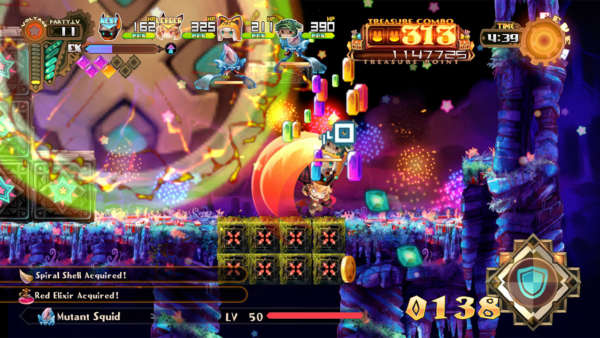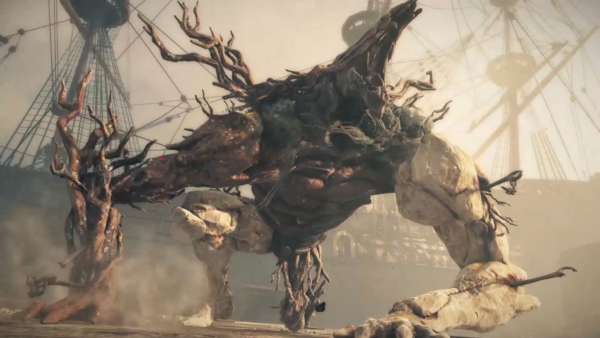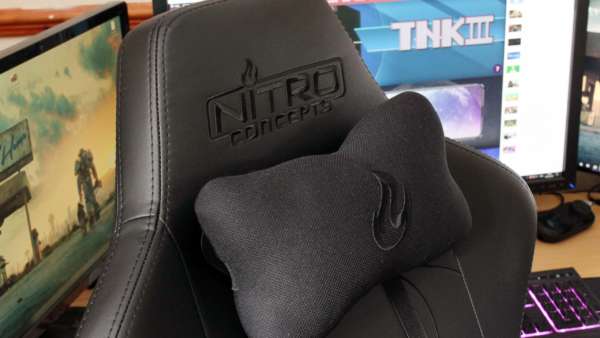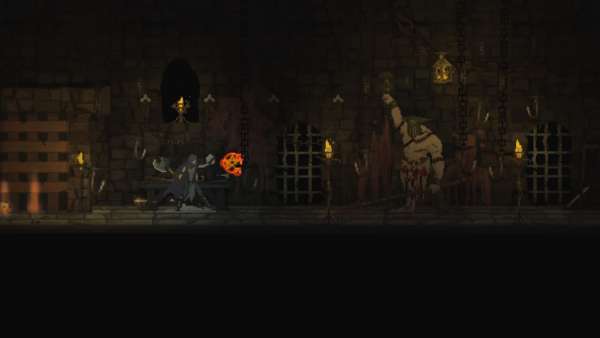From NIS America, Hyperdimension Neptunia Victory is a JRPG that brings some new gameplay and narrative elements into the field of a very hard to compete genre.The game delivers some interesting ideas to the table such as in game rewards, an interesting world to explore and an abundance of fourth wall breaking. Now does the game stand up to its competitors or does it cower before the presence of more dominant and well established JRPGs? Let’s have a look and find out.
First it’s time to have a look at the narrative of the game. The story takes the player into the world of Gamindustri, a world dominated with video game technology, separated into different regions. These regions are governed by an all powerful being known as a CPU who ensures that there is peace in the region as well as making sure that the shares of the region stay at a steady level. One day Neptune, the CPU of the region Planeptune, gets sucked into a different dimension where Gamindustri has completely changed thanks to the seven sages. It is down to Neptune to find her friends in this new dimension, defeat the seven sages and get back to her own dimension. Okay so the story does seem a little confusing at first but it is introduced to the player very well. You get to know all the characters, the world they live in and the purpose they serve in the world pretty early on in the game. Also throughout the course of the game, one of the main characters will occasionally break the fourth wall to narrate on the current situation of the narrative so you don’t get lost.
This is a great time to bring up the characters themselves. The protagonists are a great laugh to play with, all with their different personalities and traits in battle. Whether you are playing as Neptune, who believes she is the best CPU in the world, Blanc, who seems like a quiet girl at first but can blast out an attitude at any moment, or Plutia, the young girl who uses teddy bears as weapons, you will never have a dull moment. These characters alone are a great blast to play around with, but when they talk in the cut scenes it truly brings out their personality, especially when they reference games consoles and other games out at the moment.
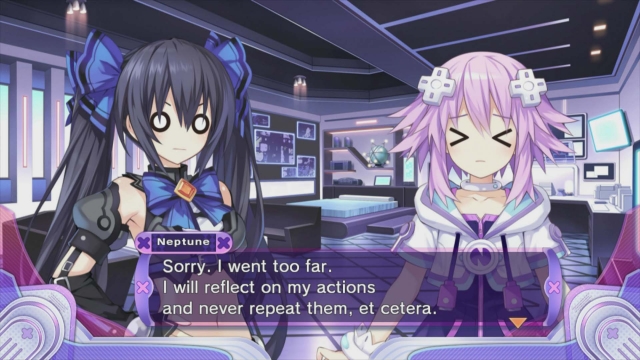
Okay now let’s talk game play. The game has two sides, the combat & dungeon running and the item development & non-combat additions. First let’s cover the combat and dungeon runs. Whenever you enter a dungeon your task can be to either kill enemies for materials, to either create weapons or complete quests, or to find a crystal in the dungeon that progresses the storyline. In these dungeons you will come across enemies out on the field that you can actively decide to dodge or confront in battle. If you wish to fight one of these foes you can have the chance to land a pre-emptive attack to guarantee that your party fights first. Failure to land this attack or even an enemy sneaking up on you results in a surprise attack that guarantees that your opponent goes first. Although this mechanic was well received it is tough to perfect in the game. There is a small window of opportunity to get the strike to work however the enemies sometimes move so fast and get a surprise attack on you as you are in mid swing. This can make seemingly easy battles very tedious, but it’s nothing a simple smack down can’t fix.
In the dungeons you will sometimes come across a crystal that progresses the storyline. These normally result in a boss fight that can be very challenging. This is when you discover whether your characters are at a good enough level or not. Most of the time you will find that your characters are under levelled to the bosses you fight which in turn results in level grinding. Now when it comes to JRPGs, the grind is expected to occur at some point. The Grind is when you find yourself either grinding for items, materials or levels so that you can defeat a boss or tough enemy that you can’t beat. The grind in most RPG’s are balanced so that you would only have to grind maybe one or two levels and even then it doesn’t feel too tedious. In Neptunia Victories case though this is not true. The grind is very painful because you will get next to no experience from normal groups of enemies in dungeons. The only way to truly level up is to fight the ‘tough’ enemies, but they can be just as painful to play through as a boss fight. The payoff is worth the hassle but the fact that you can’t grind levels off of standard enemies and only grind materials off of them is a bit off putting. It took me on about 2 hours to grind tough enemies so I can get all my characters from level fifteen to twenty when it should really take half an hour at max.
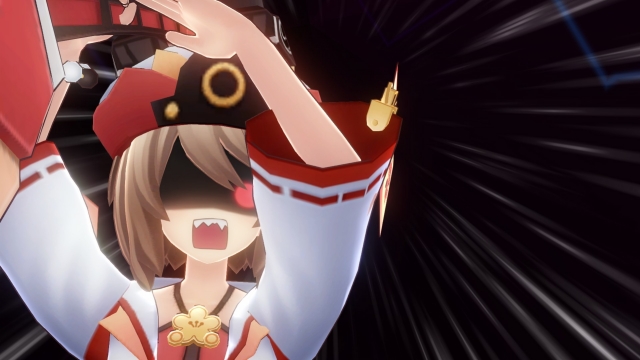
Putting the grind aside, the combat feels really cool. It allows you to position your characters in an area and then appropriately use abilities, normal attacks or transform into the all powerful CPU using HDD. Using standard attacks allow you to strong together combos with different effects. Triangle attacks increase your Ex Drive faster, Square attacks deal more damage to enemies and Cross attacks deal more damage to an enemies shields so you can shield break them. With these in mind, players have a chance to strategise properly against a foe in order to counter their high shields, tough damage or powerful support abilities. After each battle, the last character that defeated the final foe gets a victory pose as you see your winnings on the side of the screen.
Now let’s talk about the non combat elements of the game and how they work. First you have the different major cities of the game that give you access to the Basilicom, Item Development Centre, Shop and Guild.
The Basilicom is where most of the cutscenes, or events as they are known in the game, are held to let you know more about the characters and the world around them. When an event doesn’t occur however you can go into the Basilicom to check on any cutscenes you have previously unlocked and have a look at the scouts you have sent out to dungeons. Scouts can be sent to dungeons to search for materials and useful information whilst you’re doing your own thing. This is an interesting mechanic as all the scouts are useful for different things. Plus you can potentially alter what the scouts find by standing or breaking flags inside the dungeons themselves. The other thing you can do in the Basilicom is check on the latest updates from the in-game TV show called Nep Station. The show will update you on news happening in the world, give you sales on specific consumable items and even give you the chance to win prizes. The show also acts as a way to review your performance of the game after you complete each chapter.
The item development centre and shop work hand in hand with one another. The shop allows you to buy items in bulk, whether they be consumables or equipment for your characters. The development centre allows you to use materials you have collected in the dungeons to create consumables and equipment that will then become available in bulk at the shop. This adds a good reason for your grinding sessions for as you keep defeating opponents you will normally keep gathering the materials you need to create health items or even a more powerful weapon.
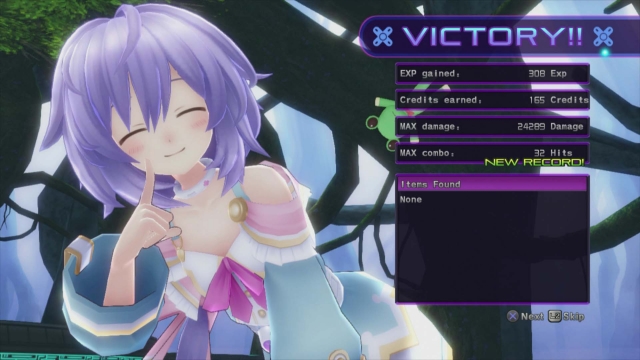
Finally you have the Guild which is where you can accept and check quests. Quests are like side missions that allow you to go out into the world and either kill enemies, gather resources or find a rare item in order to complete them. They reward you with money and something that you can use on your travels. The quest system is a nice touch as it gives you a reason to explore every area in the game and to keep going there. Although after some time you may either become bored with the variety of quests there are or bored of grinding the same quest over and over just to get enough money.
Together all of these elements add up to a fun and interesting take on the genre. The game feels incredibly solid with some great characters and dialogue to keep you involved. However the game suffers from the many things that make JRPGs not so popular for western audiences. The grind can be incredibly tedious, the story line can be confusing at times with some bad plot developments here and there and difficulty in combat can sky rocket as there is no indication of whether an enemy is too difficult for you to tackle.
Hyperdimension Neptunia Victory is a great game for you guys out there that like RPGs and Anime but may be a bit of a hassle for those who aren’t used to what these types of games bring to your living room. I would suggest you at least give it a shot to see for yourself how this plays out.
So what do you guys think of Neptunia Victory? Do you have the game yourself? Be sure to let us know what you think of the game down in the comments and be sure to pick up Hyperdimension Neptunia Victory on the PS3 now.
